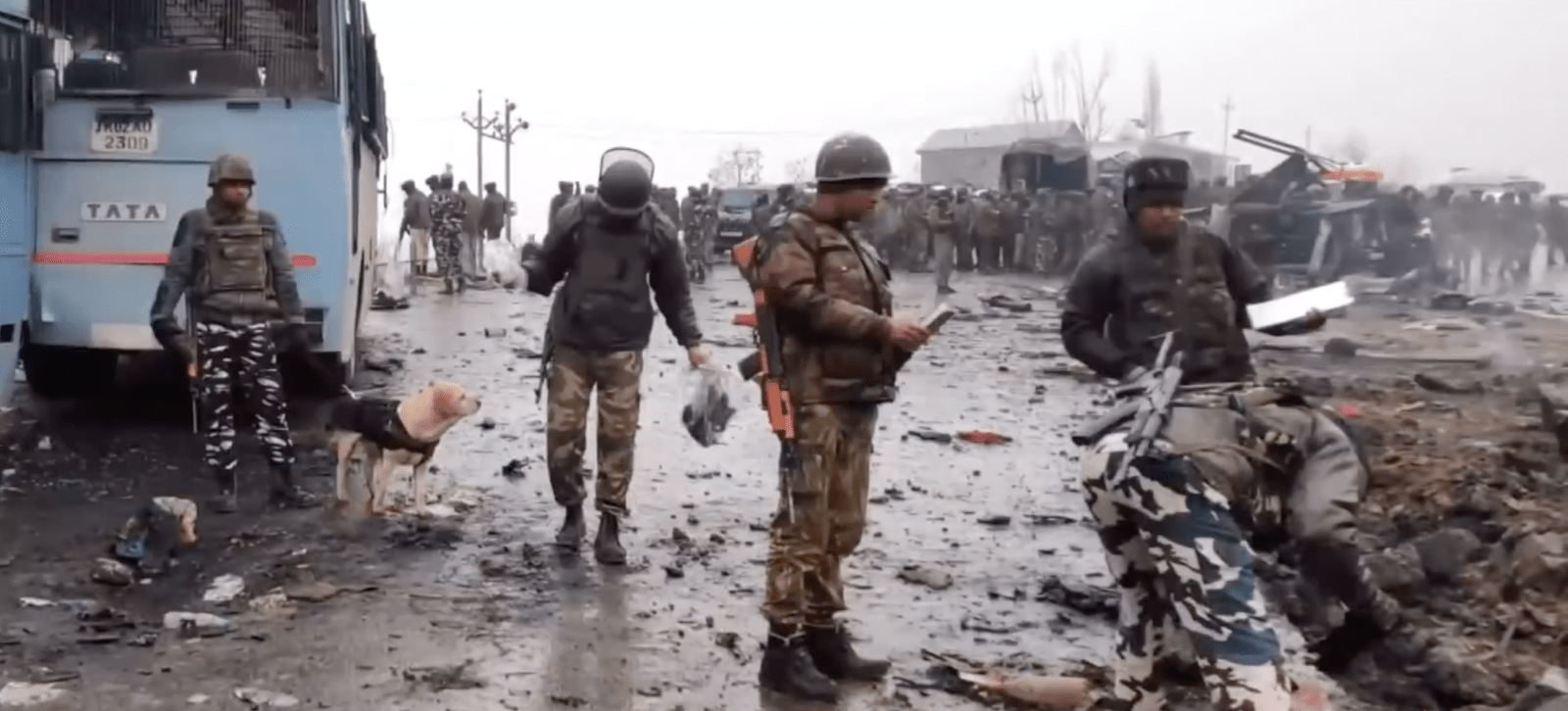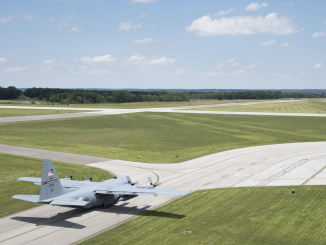
Since February 14, 2019, when a local youth carried out a suicide attack on Indian security forces in Kashmir, world attention has been focused on the India-Pakistan confrontation. India, which draws no distinction between Kashmiri separatists fighting against its occupation, and the Pakistani State, which openly espouses and supports the cause of Kashmir’s Muslim-majority, went into propaganda overdrive and threatened retaliation against each other.
Twelve days later, in the dead of night, the Indian Air Force carried out a cross border movement into Pakistani territory and dropped some bombs in the vicinity of a religious school supposedly linked to Jaish-e-Mohammad, the terrorist outfit that had claimed responsibility for the February 14 attack. Within 24 hours Pakistan, after assessing the damage and realizing that the Indian raid was ineffective, carried out a proportionate retaliation, hitting Indian targets across the Line of Control and downing at least one Indian fighter jet, whose pilot was captured by the Pakistani military and returned the next day in an unprecedented peace gesture.
Indian claims of mass casualties were credibly debunked by a usually sympathetic international media, and, as the jubilation over India’s surgical strike gave way to the realization that the attack had failed while Pakistan’s retaliation had succeeded. Difficult questions started to be asked of the Indian leadership, which repeatedly contradicted itself.
For decades much attention has been paid to India’s search for a bandwidth within which it could retaliate against Pakistan without triggering an escalation. The basic premise of this approach was that Pakistan if hit in just the right way, would be compelled to accept the blow for fear of another successful Indian conventional attack. This would enable India to strike Pakistan in response to attacks on Indian security forces in Kashmir and, over time, the humiliation of Pakistan’s armed forces would compel them to rethink the Kashmir policy.
Nobody appeared to have paid too much attention to how Pakistan might react to such a move. Given India’s burgeoning foreign exchange reserves and purchases of arms and Pakistan’s cash-strapped and fragile economy, the gap in conventional capability was expected to keep growing until India would simply have the ability to bomb Pakistan without fear of counterattack. In the 24 hours between the Indian air raid on Balakot and Pakistan’s disciplined and undeniably effective response, it seemed to many that at last India had found the right bandwidth. When the Balakot bubble burst bewilderment at what had happened set in.
From the recent crisis, one can detect the emergence of a new Pakistani doctrine for dealing with threats from India. While elements of this doctrine have emerged slowly, the events of February 2019 have crystalized it. Pakistan’s doctrine is that of proportionate retaliation and seeks to deny India any limited strike option. This doctrine revolves around four mutually reinforcing elements.
First, Pakistan’s military has been forced to do more with less. Unable to simply write large checks for pricey weapons systems, Pakistan has invested in developing indigenous conventional options, such as the JF-7 Thunder, that are cheaper and, pound-for-pound, more effective in limited operations than what India can field. This has meant that the conventional balance between India and Pakistan has not evolved as quickly or comprehensively in the former’s favor as international defense procurements might suggest.
Second, the Pakistani military has, over the past decade, broken the back of the Taliban insurgency on its side of the Durand Line. In contrast, the US-led coalition in Afghanistan, in spite of spending over a trillion dollars, failed to do the same on its side of the Durand Line. At present, the United States is seeking an honorable extrication from endless war in Afghanistan, with Pakistan emerging as the only regional power with the potential to broker some sort of a face-saving solution. Pakistan’s military is battle hardened and much more experienced than its Indian counterpart.
Third, Pakistan’s nuclear forces play a vital role in limiting the scope of potential escalation. Pakistan’s prime minister warned India during the recent crisis of the consequences of military miscalculation, which, given the weapons possessed by both countries, was best avoided.
Fourth, at the diplomatic level, Pakistan has left the door open to negotiations on all issues, including terrorism. Pakistan is also open to mediation (something that India finds irksome) by a third party. And, Pakistan continues to urge multilateral forums, like the United Nations, to take notice of the Kashmir dispute and the alarming human rights situation created by India.
The recent India-Pakistan crisis saw all four of these elements come into play from the Pakistani side.
After it became apparent that India was preparing to strike, Pakistan’s premier warned that Pakistan would not just “think” about retaliation but that it would actually retaliate. The Indian leadership dismissed this as an empty bluff.
After the desultory Indian raid on Balakot, in which the international boundary was crossed, the Indian media uncritically seized upon unverified claims of heavy casualties as the BJP government gloated. Within, 24 hours Pakistan struck back, in broad daylight. The Pakistani premier made it clear that the Pakistani counterattack was proportionate. Since the Indian attack had not caused loss of human life, the Pakistani response was calibrated to avoid inflicting casualties on India, as this would fuel demands for further escalation. Such escalation would risk going out of control, an oblique but effective reference to the nuclear deterrent.
And, finally, Pakistan was open to talks, and would, as a goodwill gesture, release the Indian pilot it had captured. The Indian government and its cheerleaders in the media could spin the pilot’s return as a victory of sorts.
The Indian leadership, for its part, appeared to have been at a complete loss after Pakistan’s proportionate retaliation and release of the captured pilot. Another ‘surgical’ strike would risk more Indian aircraft being shot down. A limited strike on the ground across the Line of Control would be contained. Mobilizing the army on the 2001-2002 pattern would repeat the deadlock with no reasonable expectation of getting anything more from Pakistan than an offer of unconditional talks. Launching an all-out war would risk nuclear Armageddon and even threatening to do so would isolate India internationally.
Even more embarrassingly for India, a growing chorus of international observers is increasingly sceptical of India’s efforts to mask its violent repression of Kashmiri civilians under the cover of anti-terrorism. The unhinged behaviour of India’s present government, its use of the military to score political points, and the growing risk of serious internal upheaval due to the rise of Hindu communal nationalism, are all under increased scrutiny.
For now, the one thing that is absolutely clear is that India does not have the ability to strike Pakistan with impunity, while Pakistan has the ability to carry out proportionate retaliation that leaves India in the uncomfortable situation of accepting operational parity or risking uncontrollable escalation.
Ilhan Niaz is an Associate Professor, Department of History, Quaid-i-Azam University, Islamabad. Author Old World Empires: Cultures of Power and Governance in Eurasia (Routledge, 2014), The Culture of Power and Governance of Pakistan (Oxford University Press, 2010). Next book: The State During the British Raj: Imperial Governance in South Asia, 1700-1947 (under publication by the Oxford University Press).




Be the first to comment